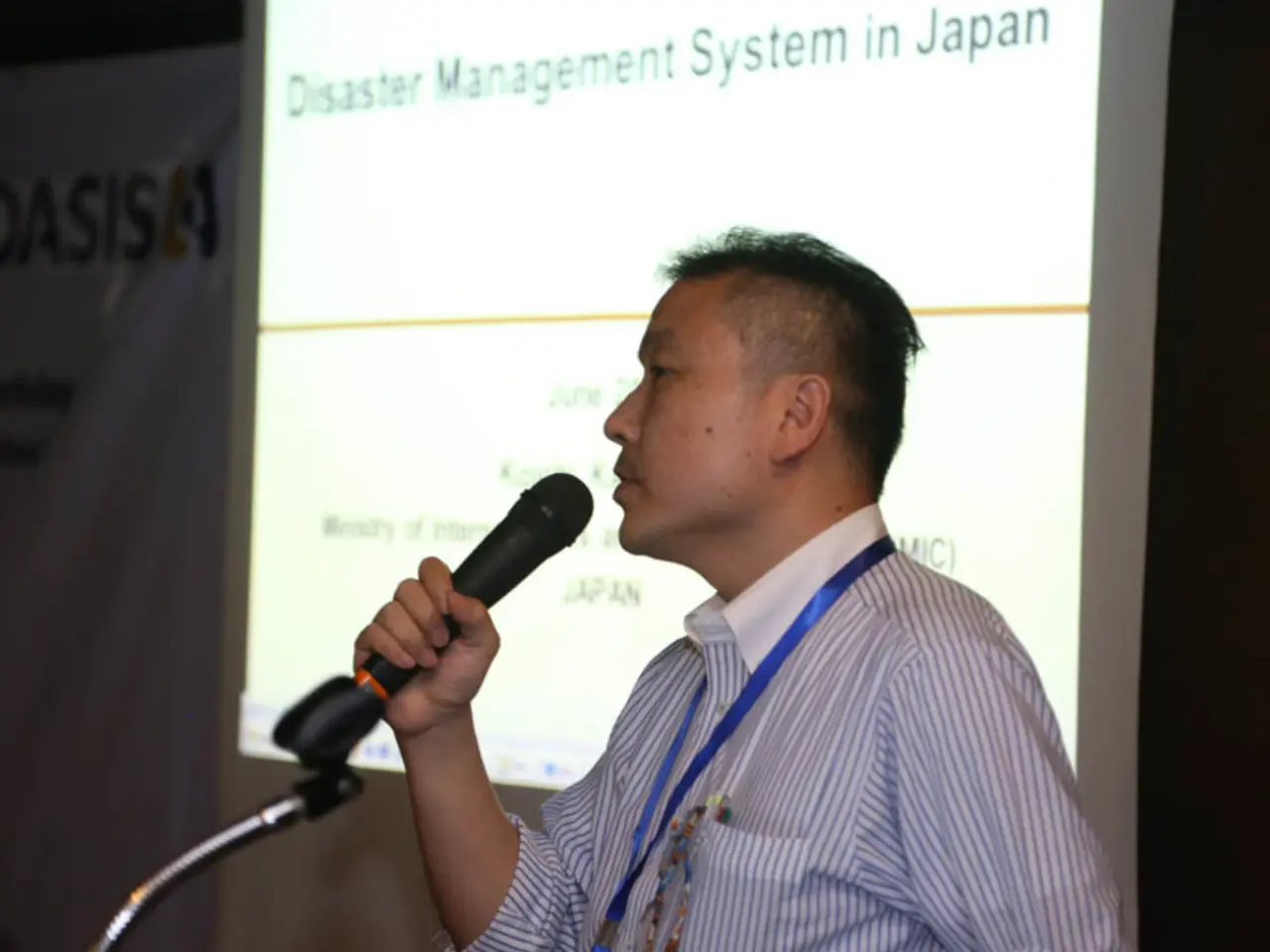Unraveling Truths in Catastrophes: Applying Forensic Science
Forensic Science in Mass Disasters: Overcoming Challenges and Providing Justice
In the aftermath of mass disasters, forensic science plays a crucial role in providing answers and bringing closure to families. However, the complexities of such situations pose unique challenges for forensic experts.
One of the primary difficulties is identifying victims, especially when bodies are severely damaged. To address this, forensic science employs various techniques, such as the use of Human Remains Detection (HRD) dogs, specialized search methods, and advanced technologies.
Forensic odontology, for instance, can help identify remains through dental comparison, even when other methods like fingerprinting or DNA analysis may be unfeasible. Forensic anthropologists also contribute by analyzing skeletal remains to determine sex, age, and other identification markers.
Advancements in technology are shaping the future of forensic science in mass disasters. Artificial Intelligence (AI) and machine learning are expected to enhance data analysis and improve identification processes. Cutting-edge technologies, including AI-driven forensic systems, are improving cause-of-death analysis and reducing workload imbalances.
International protocols, like Interpol's DVI Guide and UNODC guidelines, provide guidelines for cooperative investigations and emphasize the need for standardized procedures in evidence collection, victim identification, and data management across national borders. These protocols also establish rigorous evidence handling, validation, and documentation procedures to meet judicial scrutiny.
The ongoing development of international protocols will standardize forensic practices globally, enhancing reliability and upholding ethical standards in forensic investigations. Biometric identification tools, such as facial recognition software and fingerprint scanners, are also improving the speed and accuracy of victim identification.
Challenges faced by forensic science in major incidents include access to crime scenes, potential for contamination, resource limitations, and the timely delivery of justice. These obstacles are primarily addressed through coordinated efforts among law enforcement, forensic experts, public health officials, and emergency responders.
In addition, training programs are evolving to include simulation-based learning and real-time strategy development, preparing professionals for the unpredictable nature of mass disasters.
Recognizing the intersection of forensic science and victim advocacy bolsters efforts to provide justice and healing in times of tragedy. Victim advocacy groups provide critical support to families affected by mass disasters, working closely with forensic experts to facilitate communication and ensure the needs of victims' families are prioritized.
Forensic science in mass disasters also involves collaboration with various agencies, including pathology, toxicology, and anthropology. National regulations outline qualifications and certifications for forensic experts, protocols for evidence collection and analysis, and compliance standards for forensic laboratories.
Mobile crime labs allow forensic scientists to process evidence on-site, minimizing contamination risks and accelerating the investigative process. Innovations in evidence collection, like 3D mapping and drones, provide precise documentation of the scene, enhancing the validity of the evidence gathered.
Digital forensic tools, like data recovery software and mobile forensics, are essential for analyzing electronic devices recovered from disaster sites. The use of unmanned aerial vehicles (UAVs), or drones, assists in surveying disaster sites by capturing high-resolution imagery and accessing hard-to-reach areas.
In summary, forensic science in mass disasters confronts significant operational and scientific hurdles, which are addressed through coordinated international protocols, multidisciplinary expertise, technological innovation (including AI), and adherence to legal and ethical standards to ensure timely, accurate, and respectful victim identification and cause-of-death determination. Ensuring that victims and their families receive appropriate support highlights the human aspect of forensic science in the context of mass disasters.
In the realm of health-and-wellness, forensic science plays a pivotal role in the identification and analysis of victims in mass disasters, leading to answers and healing for families. (science, health-and-wellness)
To further improve the efficiency and accuracy of forensic science, advancements in technology, such as AI and biometric identification tools, are being utilized to expedite data analysis and identification processes. (science, health-and-wellness)




